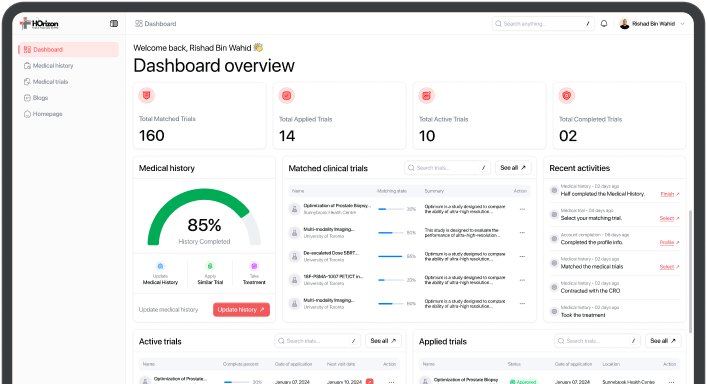A Combined Exercise Training Program for Women Living With Breast Cancer
Contact information
Linda Trinh, PhD
Faculty of Kinesiology and Physical Education
University of Toronto
Basic information
N/A
N/A Age
36 Enrollment
Trial Details
Brief Summary
Women living with and beyond breast cancer are at a heightened risk for experiencing adverse mental health outcomes and declines in cognitive function following chemotherapy treatment. Women living with and beyond breast cancer have reported increased levels of anxiety and depression during the COVID-19 pandemic which may have significantly impacted their quality of life (QoL). Physical activity (PA) may be used to manage mental health and improve cognitive function in women living with and beyond breast cancer. Research is needed to assess the feasibility of a supervised, remotely delivered, combined (i.e., aerobic + resistance) exercise program to improve cognitive function and manage adverse mental health in women living with and beyond breast cancer. This study will pilot an 8-week, remotely delivered, combined (i.e., aerobic + resistance) exercise and behavioural counselling intervention on cognitive function and mental health outcomes (i.e.,anxiety, depression, self-efficacy and self esteem) in women living with breast cancer who received chemotherapy treatment within 12-48 months.
Official Title
A Remotely-Delivered, Combined Exercise Training Program for Cognitive Function in Women Living With and Beyond Breast Cancer: A Feasibility Study
Selection Criteria
Eligibility Inclusion Criteria
-
40 - 65 years of age
primary diagnosis of stage I-III breast cancer (non-metastatic)
received chemotherapy within the past 12-48 months from enrollment
experience mild cognitive impairment as determined by the TICS [scores between 28-31 to separate individuals with dementia (range a to b) and normal cognition (range c to d)] (Knopman et al., 2010)
self-reported low-active defined as <3 days of exercise (<20 min/day) per week in the previous six months (Godin & Shephard, 1985)
physician clearance to participate in testing and exercise
no previous invasive cancer
no neurological or musculoskeletal co-morbidity inhibiting exercise
access to a webcam and internet for videoconferencing
English fluency.
Eligibility Exclusion Criteria
-
previous invasive cancer
neurological or musculoskeletal co-morbidity inhibiting exercise
